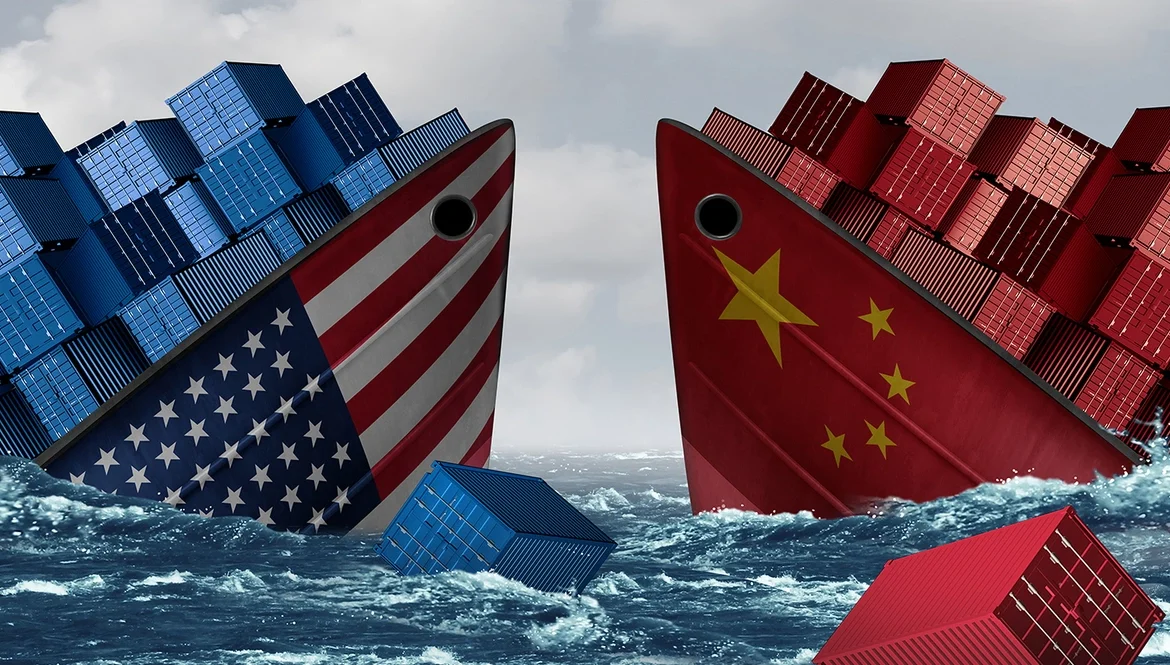
The Impact of Trump’s New Tariffs on China and Transshipment Trade
On April 2, former U.S. President Donald Trump signed an executive order officially revoking tariff exemptions for low-cost Chinese goods. This new policy, set to take effect on May 2 at 12:01 AM ET, is expected to have far-reaching consequences for China’s export industry, particularly transshipment trade—a strategy widely used to bypass direct tariffs.
- Direct Impact: Rising Costs for Chinese Exporters
Trump’s latest tariff measures include a list of countries facing significantly increased duties, with China among those most affected at 34%. This escalation poses several immediate challenges:
- Higher Costs: The sharp tariff hikes will increase costs for Chinese exporters, especially in industries such as furniture, electronics, textiles, and machinery.
- Declining Competitiveness: Chinese products will become less price-competitive in the U.S. market, potentially leading to decreased demand.
- Profit Margin Squeeze: Exporters will have to absorb additional costs or pass them on to consumers, making their products less attractive.
- Transshipment Trade: A Strategy Under Pressure
Many Chinese businesses have relied on transshipment trade—routing goods through third countries like Vietnam, Malaysia, Thailand, Mexico, and Canada—to avoid direct tariffs. However, this approach is now facing increasing risks:
Stricter U.S. Customs Enforcement
The U.S. Customs and Border Protection (CBP) has already been tightening origin verification rules to detect tariff evasion. With this new policy, we can expect:
- More investigations into transshipment routes through Southeast Asia and Latin America.
- Increased scrutiny of “substantial transformation” requirements to determine whether products genuinely originate from the declared country.
- Potential trade restrictions or retaliatory tariffs on countries facilitating excessive transshipment of Chinese goods.
Challenges for Southeast Asian and Mexican Trade Hubs
Countries like Vietnam, Thailand, and Mexico have become key transshipment hubs for Chinese goods. However, with Trump’s latest tariffs, these nations might also face:
- Increased U.S. trade scrutiny, leading to potential sanctions or tariff adjustments.
- Higher compliance costs for local businesses involved in processing or re-exporting Chinese products.
- A shift in trade dynamics, forcing companies to invest in localized production rather than simple re-routing of goods.
- Potential Strategies for Chinese Exporters
Given the new trade restrictions, Chinese exporters must rethink their market approach and adopt new strategies:
- Supply Chain Diversification
- Relocating partial manufacturing to Vietnam, India, Mexico, or Indonesia to establish legitimate local production.
- Ensuring compliance with rules of origin to avoid penalties.
- Expanding to Alternative Markets
- Reducing dependency on the U.S. and targeting Europe, the Middle East, Africa, and Latin America.
- Leveraging free trade agreements (FTAs) to minimize tariff exposure.
- Upgrading to High-Value Manufacturing
- Moving away from low-margin, labor-intensive industries towards technology-driven sectors like electric vehicles, renewable energy, and high-end electronics.
- Strengthening brand identity and innovation to differentiate from competitors.
- Long-Term Outlook: A New Era for Global Trade
Trump’s aggressive tariff policy marks a significant shift in U.S.-China trade relations. While it creates short-term challenges for Chinese exporters, it may also accelerate supply chain reconfiguration, localization efforts, and market diversification. Businesses that adapt quickly by optimizing their logistics strategies, complying with trade regulations, and expanding beyond the U.S. market will be better positioned to thrive in this evolving global trade environment.
Conclusion
The latest U.S. tariffs will undeniably disrupt traditional trade routes and force Chinese exporters to rethink their international strategies. While transshipment trade may still offer temporary solutions, increased scrutiny means that businesses must prioritize long-term sustainability through localized production, market expansion, and product innovation. The next few months will be crucial for companies adjusting to these new realities.
